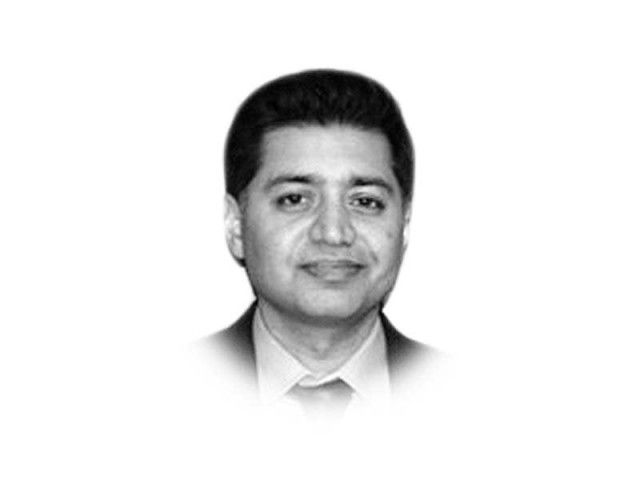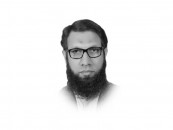Women, leadership and the glass ceiling
Despite numerous progressive initiatives on women’s empowerment, women continue to experience challenges & barriers

The writer is the UN Women Country Representative for Pakistan
Why should this matter? When public services are guided by principles of merit, equality and justice, it can be a role model for the society it serves. Public administration at central, regional and local government levels is the primary medium through which policies and programmes are implemented. Thus, women’s equal decision-making in public administration must be seen as a key development priority. Empirical evidence suggests that women’s equal participation in the senior levels of public service brings increased benefits to their families, communities and countries. Women’s representation in local governments has made a difference in terms of investment in basic services. Research compiled by UN Women on panchayats (local councils) in India discovered that the number of drinking water projects in areas with female-led councils was 62 per cent higher than in those with male-led councils. Similarly, in Norway, a direct causal relationship between the presence of women in municipal councils and childcare coverage was found.
Despite numerous progressive initiatives on women’s empowerment and gender equality, including the introduction of a 10 per cent quota for women in the public services, women in Pakistan continue to experience challenges and barriers related to recruitment, retention and promotion in the public service. Just as in politics, the private sector and other spheres, traditional social norms and structural factors conspire to obstruct women’s equal role in decision-making within public administration. In the public sector, women’s absence from senior positions tends to be linked to the promotion policies of the government, based on seniority and minimum length of service. Women entering the public sector through quotas or merit would still not reach senior positions until the minimum length of service is attained. Such policies are not gender sensitive as they do not sufficiently take into account the breaks in service that women may need for family reasons such as the bearing and raising of children while their male compatriots ascend their career ladders unimpeded. In addition to the proverbial glass ceiling, which prevents many women from reaching the top tiers of the civil service, ‘glass walls’ may also confine women to the social or ‘softer’ sectors such as culture, education, women’s affairs and health. This may also explain their under-representation in the departments responsible for economic, finance, planning and security matters.
Until now, much of the focus on expanding women’s participation in leadership and decision-making has been on increasing representation in parliaments. On that front, Pakistan has outperformed many countries in the region, with almost 21 per cent of representation in parliament. This notable progress in the legislature should also be replicated within the executive branch of government, both at the federal and provincial levels. Unlike women’s political participation, which is monitored by the International Parliamentary Union, unfortunately no global tracking mechanism of women’s leadership in public administration exists, resulting in gaps in global data and attention to this very important issue.
The world recently celebrated the UN Public Service Day on June 23 to celebrate the value and virtue of public service to the community and country. This day highlighted the contributions of exemplary public servants such as Ms Gulfam and encouraged policymakers to ‘step it up’ in terms of reinvigorating Pakistan’s commitment to gender equality, including in the public sector as part of Vision 2025 and in preparation for the forthcoming Sustainable Development Goals to be endorsed by heads of state at the UN in New York this autumn.
Published in The Express Tribune, June 26th, 2015.
Like Opinion & Editorial on Facebook, follow @ETOpEd on Twitter to receive all updates on all our daily pieces.
















COMMENTS
Comments are moderated and generally will be posted if they are on-topic and not abusive.
For more information, please see our Comments FAQ